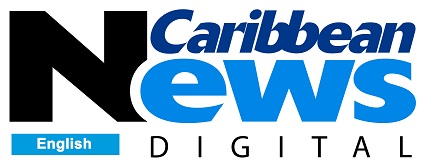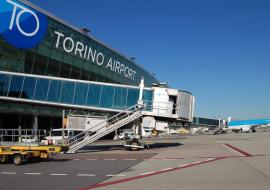Achieving Aviation’s Promise in Latin America
The International Air Transport Association urged stakeholders in the Latin American and Caribbean region to work together with the common goal of a safer and more efficient air transport industry in the region.
“Latin America is a good news story. Aviation supports more than 4.6 million jobs and $107 billion in GDP across the region. Latin American carriers are expected to post a collective profit of some $400 million this year. That’s $100 million better than in 2011. The expected EBIT margin of 2.7 percent would be the second strongest in the industry behind North America at 3.0 percent. And the demand for connectivity across the region is growing. Passenger traffic was up 10.1 percent over the first nine months of the year—the second highest growth rate after Middle East carriers at 16.6 percent. The region is showing great promise. But it also faces challenges,” said Tony Tyler, IATA’s Director General and CEO.
Tyler’s comments were made at the Latin American and Caribbean Air Transport Association (ALTA) Airline Leaders Conference in Panama, in which he highlighted safety and infrastructure as top priorities for the region.
In 2011 the global hull loss rate for Western-built jets was one accident for every 2.7 million flights. In Latin America there was one accident for every 780,000 flights. That was a 32 percent improvement on the 2010 performance and the trend for 2012 is pointing towards an even bigger improvement. “We are moving in the right direction, but that must not lull us into complacency—globally or at a regional level. There is more work to do,” said Tyler.
IATA highlighted the important role of the IATA Operational Safety Audit (IOSA) which is a condition for membership for IATA and ALTA. “No IOSA-registered Latin American carrier has had a fatal accident in more than four years. And not one of the four accidents occurring to a Latin American carrier this year has involved an IOSA-registered airline. IOSA is not a guarantee that there will never be another accident. But the strong safety performance of IOSA carriers gives us confidence to encourage governments to incorporate IOSA into their safety oversight programs,” said Tyler.
Last year IATA and ALTA commenced a safety trend program to guide safety improvement efforts in Latin America. This has resulted in workshops on flight data monitoring, runway safety and fatigue risk management strategies. Additionally, the implementation of Performance Based Navigation (Area Navigation, Required Navigation Performance) across the region is a priority to improve both safety and efficiency.













